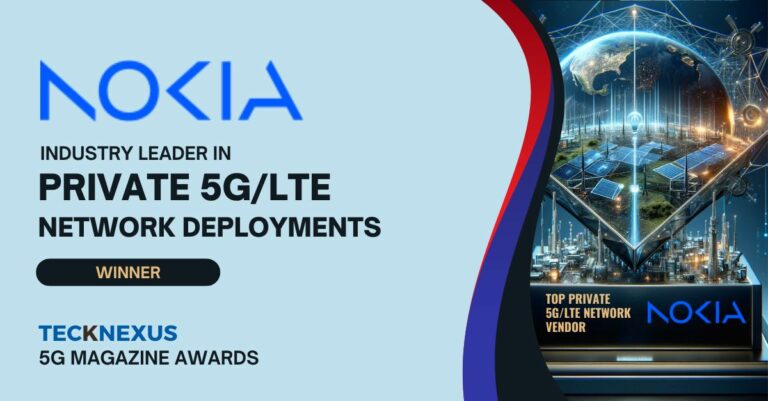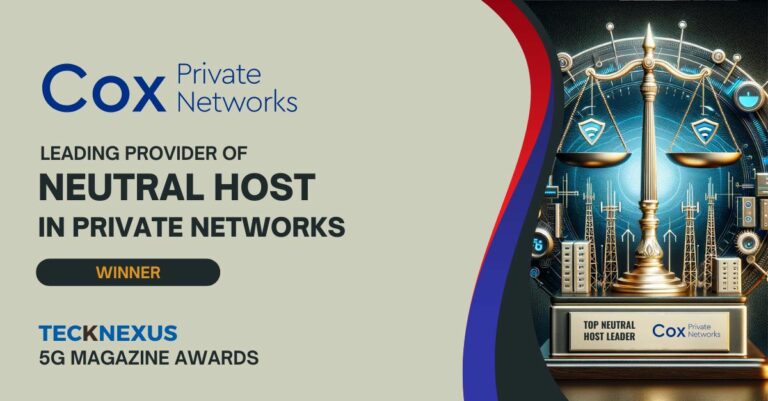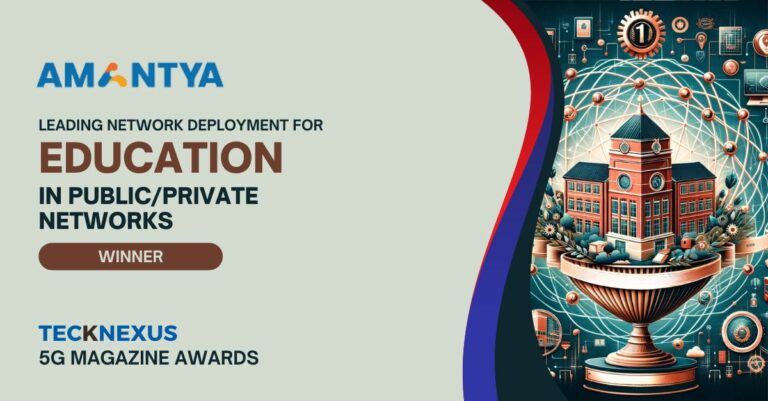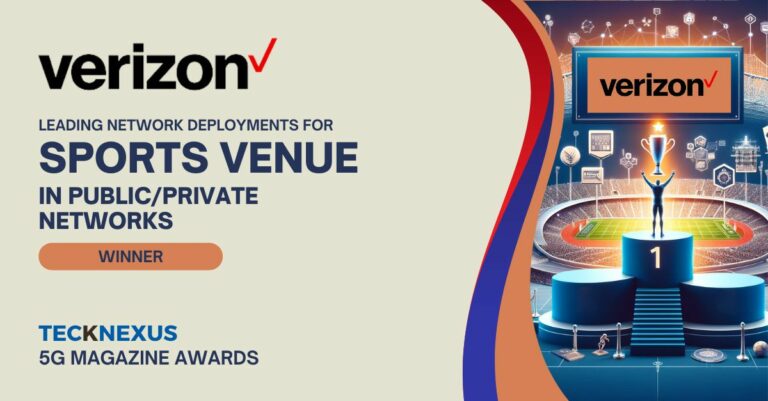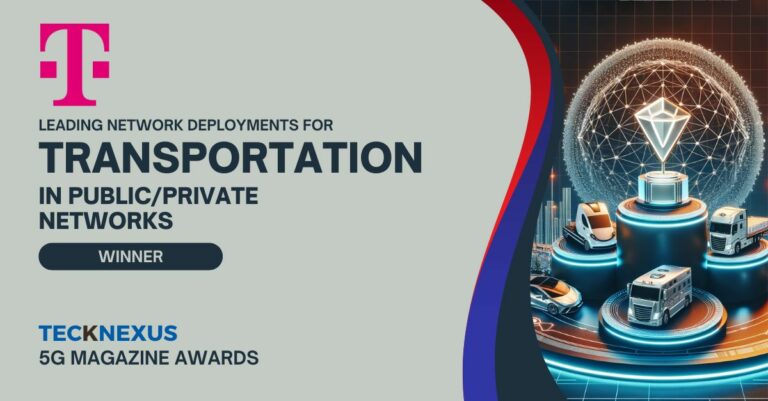5G in Sports | Introduction
The sports world is on the brink of a technological revolution. This new era is characterized by smart stadiums and a transformative approach to sports media marketing. Smart stadiums represent the next generation of sports venues, leveraging 5G and IoT technologies. They enhance fan experiences by providing high-speed connectivity akin to home internet, enabling real-time social media interactions and digital engagement with teams. Unlike traditional stadiums, which often rely on limited Wi-Fi networks, smart stadiums use advanced cellular technology for comprehensive digital services. This approach allows for a more connected and interactive fan experience. The integration of 5G network types – public, private, and hybrid networks, offers unique advantages in enhancing fan experiences, improving operational efficiencies, elevating media coverage, and creating new opportunities in sports marketing.
Impact of 5G Networks on Sports
The sports industry is witnessing a significant transformation with the introduction of 5G networks. This technological advancement is not just about speedier internet connections; it’s fundamentally changing how fans experience games, enhancing stadium operations, and revolutionizing sports media coverage.
Revolutionizing the Fan Experience
Private 5G networks in stadiums are creating personalized and ultra-fast experiences for fans. Imagine watching a game where augmented reality (AR) brings up player stats right before your eyes, or virtual reality (VR) makes you feel like you’re on the field. These networks ensure that even in a packed stadium, fans can seamlessly share their experiences online without lag. Public 5G networks complement this by providing extensive coverage. Whether fans are in their seats, walking around the stadium, or even outside, they remain connected, able to stream live, engage on social media, and access real-time content related to the game. Hybrid networks, which combine the strengths of both private and public networks, offer the best of both worlds. They ensure high-speed, customized connectivity within the stadium while maintaining broader connectivity outside.
Enhancing Operational Efficiencies
On the operational front, private 5G networks are a game-changer for stadium management. They enable efficient control of stadium infrastructures, such as lighting and security systems, through IoT technology. This not only reduces latency but also leads to significant cost and energy savings. Public 5G networks, meanwhile, offer ease of access and flexibility, particularly beneficial for external communications like coordinating with vendors or emergency services. Hybrid networks offer stadium operators the flexibility to switch between private and public networks as needed, which is particularly useful during large-scale events, ensuring both operational efficiency and fan satisfaction.
Transforming Media Coverage
In terms of media coverage, private 5G networks are capable of supporting high-quality, real-time media coverage directly from the stadium. This includes ultra-high-definition (UHD) video streaming and instantaneous uploads of large volumes of media content. Public networks play a crucial role in broadcasting these events to a global audience, ensuring minimal delay and a superior viewing experience. Hybrid networks adeptly manage resources, ensuring that media teams have the necessary bandwidth for live coverage while also catering to the connectivity needs of fans.
Opening New Avenues in Sports Marketing
The marketing landscape in sports is also evolving with 5G technology. Private networks enable targeted, in-app promotions and location-based advertising, offering personalized marketing experiences within the sports arena. Public networks, with their extensive reach, are ideal for broader marketing campaigns, reaching a global audience with promotional content and merchandise offers. Hybrid networks facilitate a seamless transition between targeted in-stadium marketing and wider outreach efforts, maximizing the impact of marketing campaigns.
In summary, 5G is reshaping the sports industry, enhancing every aspect from the fan experience to stadium operations, media coverage, and marketing strategies. The adoption of this technology in sports settings is not just an upgrade; it’s a revolutionary shift that promises to make sports more engaging, efficient, and enjoyable for everyone involved.
Challenges and Considerations in Implementing 5G in Sports
While the shift to 5G in sports promises many exciting advancements, it’s not without its fair share of challenges. Understanding and tackling these challenges is key to making the most of what 5G has to offer in sports environments.
Dealing with High Infrastructure Costs
One of the biggest hurdles in implementing 5G in sports settings is the cost. Setting up 5G, especially in big stadiums, means spending a lot of money upfront. This cost includes installing new antennas, updating the existing cellular setup, and adding IoT devices to make the stadium fully connected. But it’s not just the initial setup that’s pricey. Keeping the 5G technology up to date and running smoothly also means regular maintenance and upgrades, which adds to the ongoing expenses.
Navigating Technological Barriers
Integrating 5G with the technology that’s already in place can be tricky. Older systems in stadiums need to work well with the new 5G networks. This can be a complex process, ensuring everything communicates effectively without any hitches. Another issue is making sure that 5G coverage is consistent throughout the venue, including both indoor and outdoor areas. This is crucial for providing fans with a seamless experience, but it can be challenging, especially in large, densely packed venues.
Addressing Security Concerns
With more data being transmitted over 5G networks, keeping this information safe is paramount. This is especially important when dealing with sensitive data, like personal details in mobile ticketing and in-app purchases. The 5G networks themselves also need strong protection against cyber threats. As stadiums become more connected, they also become more attractive targets for cyber-attacks, making robust security measures a necessity.
Handling Regulatory Issues and Spectrum Management
Acquiring the right spectrum for 5G networks isn’t straightforward. It involves navigating a complex and competitive process, often needing regulatory approval. In many cases, the spectrum required for 5G is already being used for other purposes or comes with heavy regulations. Complying with these national and international regulations, which cover everything from radiation safety to data protection, is crucial. Moreover, managing interference with other wireless technologies in the stadium is important to keep the 5G network running smoothly.
Conclusion
Moving to 5G in sports is more than just a technological upgrade; it’s a complex process with several challenges. These range from the financial burden of setting up and maintaining the network to ensuring compatibility, security, and regulatory compliance. For sports stakeholders, the key is to balance these challenges with the benefits that 5G offers. A strategic approach is essential for a successful and sustainable transition to 5G technology in the sports industry. This means not only embracing the new opportunities that 5G brings but also being prepared to tackle the obstacles head-on.
Future Trends and Predictions in Sports with 5G Technology
As 5G technology continues to develop, we’re likely to see some exciting changes in the sports world. This technology isn’t just about faster internet – it’s set to transform how we experience and interact with sports.
Creating Immersive Fan Experiences
One of the biggest changes we can expect is how fans experience live games. With 5G, augmented reality (AR) and virtual reality (VR) are going to become more common. Imagine sitting in the stands and seeing player stats and information pop up in front of you, or feeling like you’re right on the field with the players. This kind of immersive experience is going to take watching sports to a whole new level.
Advancements in Smart Stadiums
Stadiums themselves are going to get a lot smarter. With 5G’s capability to connect more devices efficiently, stadiums will be able to manage operations more effectively. We’re talking about things like better energy use, more efficient crowd management, and even personalized experiences for fans through their mobile devices. This means not only a better experience for fans but also more sustainable and efficient stadium management.
Wearable Technology for Athletes
Athletes are also set to benefit from 5G. Wearable technology will provide real-time data on their performance and health. This means athletes can play smarter and safer, with data helping to prevent injuries and improve their game. Coaches can use this information to make strategic decisions during the game, making sports more competitive and exciting.
Remote Training and Coaching
Training and coaching are also going to see changes. With 5G, players and coaches can connect in real-time, no matter where they are. This means training sessions can happen remotely, allowing for more flexibility and innovative training methods.
Enhanced Security Measures
Security in stadiums will become more automated and efficient. By using artificial intelligence (AI) and the Internet of Things (IoT), 5G will enable faster processing of security data. This could mean quicker responses to security threats and a safer environment for fans and players alike.
Innovations in Sports Broadcasting
Finally, broadcasting sports is going to become more interactive and personalized. 5G will allow broadcasters to offer content with multiple angles, interactive features, and more personalized options for viewers. This means fans can choose how they want to watch the game, getting a more tailored and engaging experience.
In short, the future of sports with 5G technology is looking pretty exciting. From the way fans watch games to how stadiums operate and athletes train and perform, 5G is set to revolutionize the sports industry. These changes will make sports more engaging, interactive, and safe, enhancing the experience for everyone involved.
Conclusion
The integration of 5G technology into the sports industry marks a significant turning point. Throughout this whitepaper, we’ve explored the various advantages of 5G, such as improved fan experiences, operational efficiencies, enhanced media coverage, and new marketing opportunities. The challenges, including infrastructure costs, technological barriers, security concerns, and regulatory issues, have also been addressed, providing a comprehensive view of the 5G landscape in sports.
As we look to the future, it’s clear that 5G holds the potential to revolutionize the sports industry further. The advancements in smart stadium technology, fan engagement, athlete performance monitoring, and broadcasting are just the beginning. With its unparalleled speed and connectivity, 5G is poised to open up new frontiers in sports technology, making experiences more immersive, operations more efficient, and sports more accessible to fans around the world.
In conclusion, the future of 5G in sports is not only promising but also essential in keeping pace with the evolving digital landscape and the increasing demands of both athletes and fans. As the technology continues to develop, its full potential within the sports industry will undoubtedly be realized, leading to innovative applications that we can only begin to imagine.





